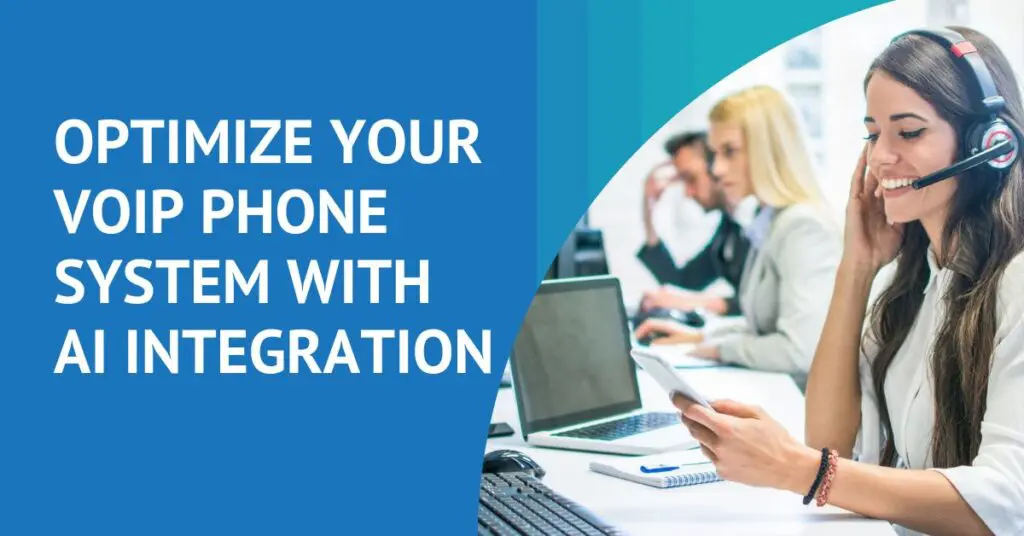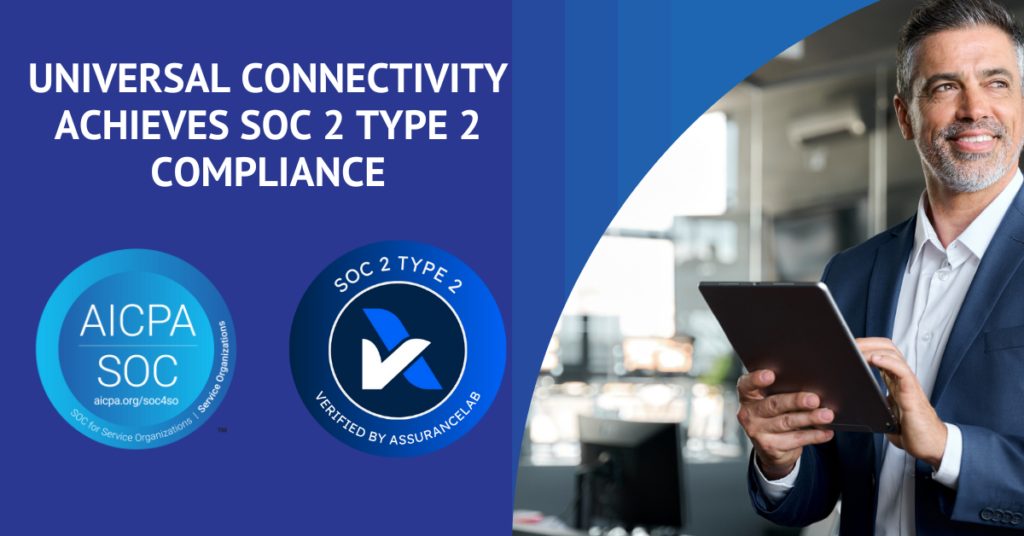Why Single Sign-On (SSO) Is a Smart Business Move

In today’s workplace, seamless access to applications isn’t just a convenience—it’s a necessity. Yet the average employee interacts with dozens of applications daily, often juggling multiple logins, passwords, and authentication steps. The result? Lost time, increased security risk, and frustrated users.
Enter Single Sign-On (SSO). A modern identity and access management (IAM) solution that simplifies user access while strengthening cybersecurity and compliance readiness—making Single Sign-On (SSO) a smart business move.
What is SSO (Single Sign-On)?
SSO is an authentication method that allows users to access multiple approved applications or systems using a single set of login credentials (username and password). Instead of logging into each app separately, users authenticate once through an Identity Provider (IdP), such as Microsoft Entra ID (formerly Azure AD), Okta, or Google Workspace.
After authentication, a secure token is issued using a protocol like SAML, OAuth, or OpenID Connect, allowing access to connected applications without re-entering credentials.
Think of SSO as a digital master key that unlocks every approved application a user needs to do their job.
How SSO Works:
- User logs in to a central identity provider.
- Credentials are verified securely by the IdP.
- A token is issued to validate the user’s identity.
- Apps trust the token and grant access.
- User remains authenticated across apps until the user logs out or it expires.
Business Value of SSO
Implementing SSO is more than just a security enhancement—it’s a high-impact investment that improves efficiency, reduces IT overhead, and enhances user satisfaction. With just one login, organizations can improve access, lower support costs, and lay a foundation for scalable, secure digital operations.
| Business Value | Description | Cybersecurity Benefit |
| Time Savings | One login replaces many | Reduces password reuse, attack surface |
| Centralized Control | Unified access management | Enables instant account deactivation during threats |
| Improved User Experience | Faster, easier access to apps | Lowers phishing and credential compromise risks |
| Regulatory Compliance | Simplified auditing and monitoring | Supports industry-aligned access control standards |
| Cost Reduction | Fewer help desk calls for password resets | Enforces MFA and security policies consistently |
What SSO Enables Businesses to Do
SSO is a foundation for scalable, secure, and future-ready IT operations. It allows businesses to centralize user access across cloud-based apps, on-prem systems, SaaS platforms, and internal tools—simplifying management and increasing control. Whether you’re onboarding new employees, providing temporary access to vendors, or expanding into new locations, SSO helps scale securely and efficiently. It also supports modern cybersecurity frameworks like Zero Trust, enabling identity-driven policies across the environment. And in a remote or hybrid world, SSO ensures teams stay productive and protected—no matter where or how they connect.
One account to rule them all.
SSO vs. No SSO: Business Impact Comparison
While the benefits of SSO are clear, it’s important to see how it stacks up against traditional login models. Below is a head-to-head comparison of the operational, security, and user impacts of deploying SSO versus maintaining multiple standalone logins.
| Category | With SSO | Without SSO |
| User Login Experience | One login for all apps | Multiple logins per day |
| Password Fatigue | Minimal (single credential) | High (multiple passwords) |
| Security Risk | Lower (central control, fewer passwords) | Higher (more credentials to target) |
| Productivity | Higher (instant access, fewer lockouts) | Lower (lost time, repeated logins) |
| IT Help Desk Load | Reduced (fewer reset requests) | Increased (frequent password issues) |
| User Offboarding | Instant access revocation | Manual app-by-app deactivation |
| Compliance & Auditing | Unified access logs | Disconnected, incomplete visibility |
| Scalability | Easy to manage roles, policies, apps | Complex, manual management |
| Shadow IT Risk | Lower (easier access to approved tools) | Higher (users turn to unsanctioned apps) |
SSO and Compliance: Example Enhancements
SSO helps meet regulatory mandates by providing consistent access control, clear logging, and secure provisioning for internal and third-party users. It plays a key role in helping businesses align with frameworks like HIPAA, GDPR, ISO 27001, SOC 2, and SOX.
| Compliance Need | SSO Benefit |
| Access control | Centralized provisioning and revocation |
| Audit logs | Unified, complete authentication records |
| Policy enforcement | Automated password, MFA, and session policies |
| User reviews | Streamlined access certification and review |
| Third-party access | Tracked and controlled vendor account management |
| Incident response | Immediate organization-wide account lockdown |
Why SSO Belongs in Every Modern IT and Business Strategy
SSO isn’t just an IT solution—it’s a business enabler. It empowers secure growth, simplifies compliance, boosts employee satisfaction, and positions organizations to adapt quickly to evolving cybersecurity threats.
In a world where agility, trust, and user experience matter more than ever, Single Sign-On delivers clarity, control, and confidence.
Ready to simplify access and strengthen your cybersecurity posture with Single Sign-On (SSO)?
Let’s talk about how Universal Connectivity can help you implement SSO as part of a future-ready identity and access strategy – Schedule a Consultation.
Choosing a Business Phone Provider
How do you choose the right business communication partner to help your business thrive? Grab our free, one page checklist. Compiled based on years of experience, this download can help you jump start your search and selection process and:









